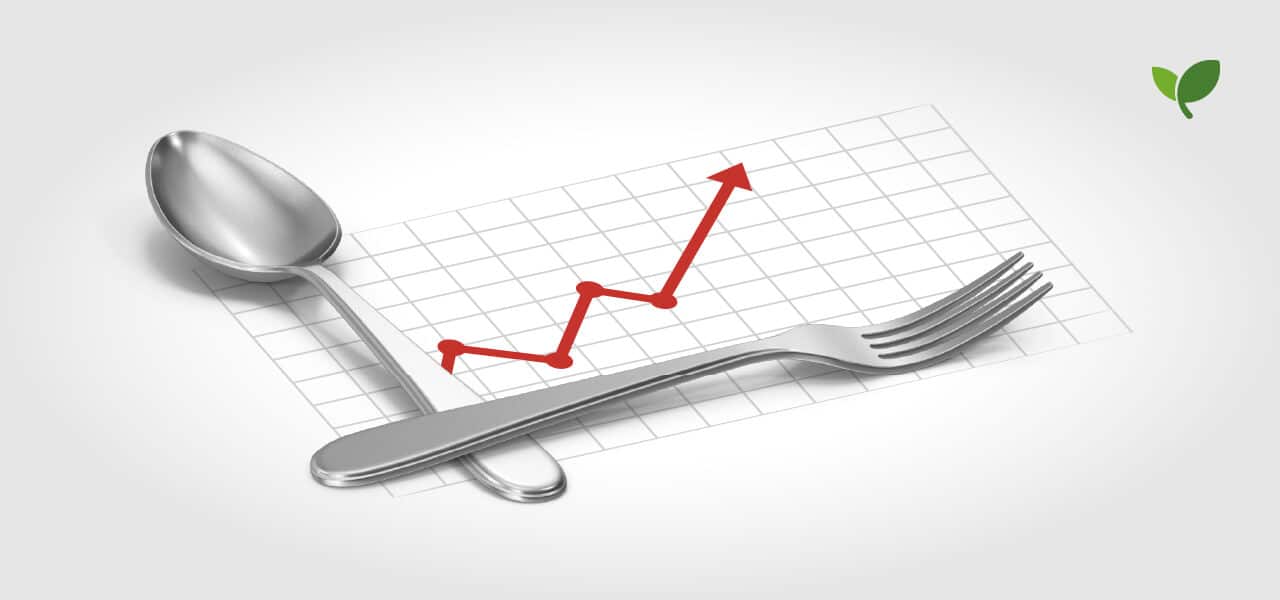Speaking to any South African, it will be a matter of minutes before the topic of living costs pops up. It’s a topic we can all relate to.
–
January 2017
March 2024
2l Full Cream Milk
R 26.06
R 35.51
400g Peanut Butter
R 27.31
R 46.15
White Bread
R 13.41
R 18.43
250g Instant Coffee
R 34.83
R 60.34
Year-on-Year Increase
The Bureau for Food and Agricultural Policy’s (BFAP) Thrifty Healthy Food Basket (THFB) is a great way to examine food inflation and its impact on the average South African household. For March 2024, the cost of this basket is R3,781.
Now, let’s examine the year-on-year rise in inflation and put it into perspective. The BFAP states that the year-on-year food inflation cost is 5.1% (March 2024), which, in all fairness, is better than the 6.1% in February 2024.
But what does inflation mean to the average South African?
Let’s use the R3,781 cost of the THFB as an example. With a year-on-year inflation rate of 5.1%, you’d need an additional R192.71 (R3,781 * 0.051) just to maintain the same buying power you had last year.
And when it comes to South Africans whose salaries or incomes stay the same or don’t increase along with inflation, inflation becomes an erosion of purchasing power.
How Inflation Erodes Purchasing Power
Imagine you make R1,000 per month, and a loaf of bread costs R10. You can buy 100 loaves of bread with your monthly income. But if inflation increases the price of bread to R11, you can only buy 90 loaves with the same income. In effect, you’re making less because your money buys less.
Many South Africans are experiencing this due to overall inflation. Even if their income stays the same in rand terms, they can’t buy as much as they used to because prices are rising faster than wages. This squeezes disposable income and makes it harder to afford basic necessities, forcing many to lend money to buy basic stuff, which is the beginning of a debt spiral that is very hard to get out of.
Main Reasons Behind Food Price Inflation
What Can We Do?
Food inflation will be a challenge for the foreseeable future. But there are ways to be a smart shopper and stretch your grocery budget further. Here are some tips to consider:
Planning is Power:
Become a Savvy Shopper:
Cook at Home:
There’s no doubt that food inflation presents a significant challenge for South Africans. Understanding how inflation works and its impact on purchasing power is crucial. However, the focus should be on more than just the difficulties. We can navigate these challenging times by working together, helping each other (sharing your budget-friendly tips and recipes), planning effectively, and utilising smart shopping strategies. Let’s support local farmers and businesses whenever possible to strengthen our food system.
